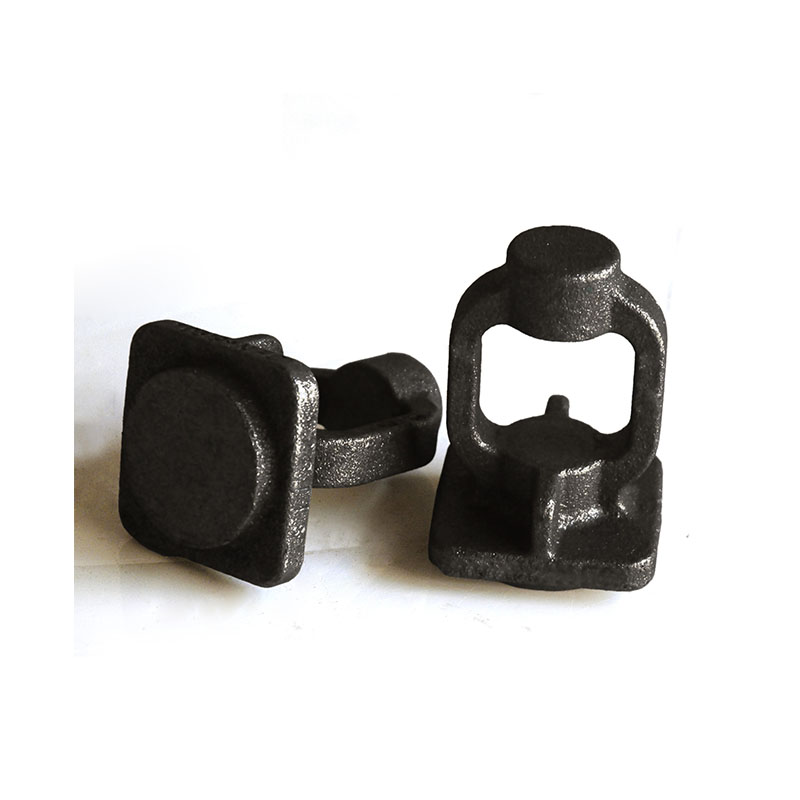




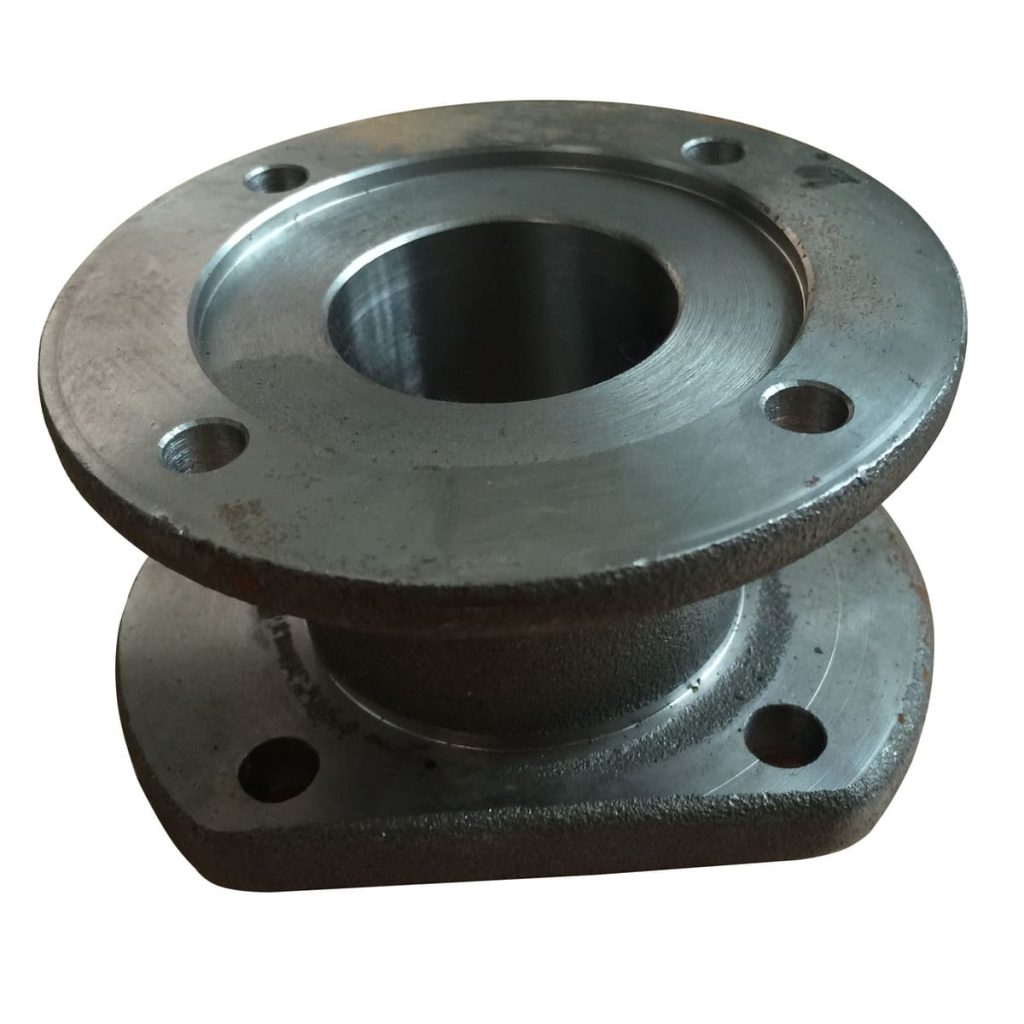
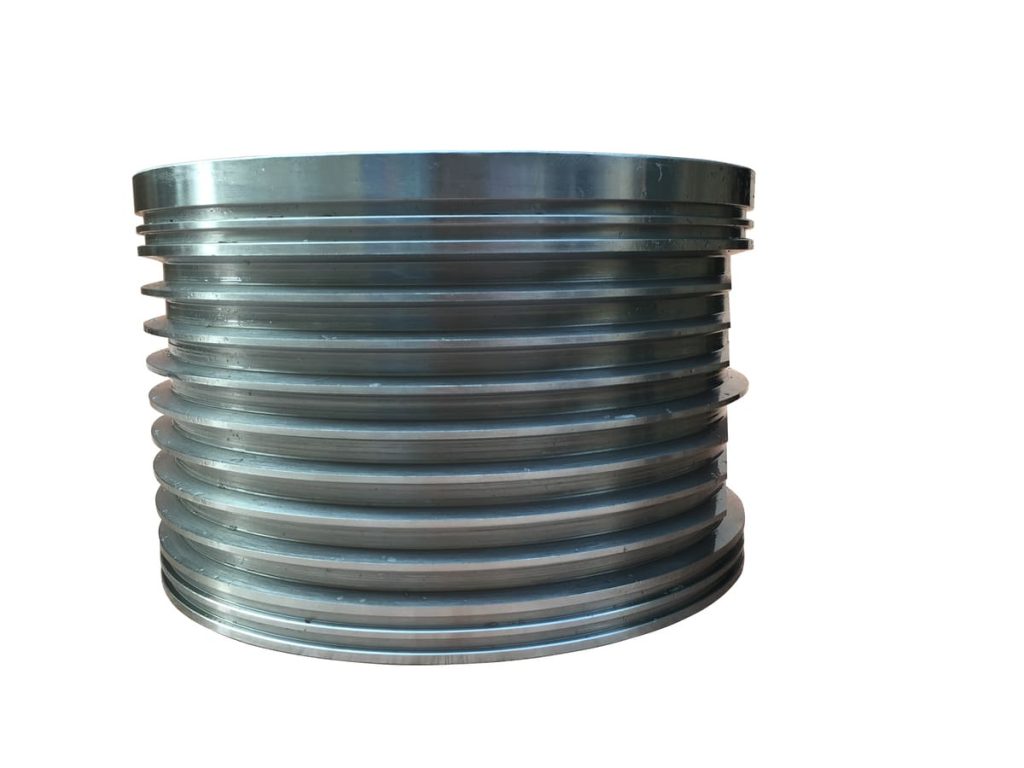
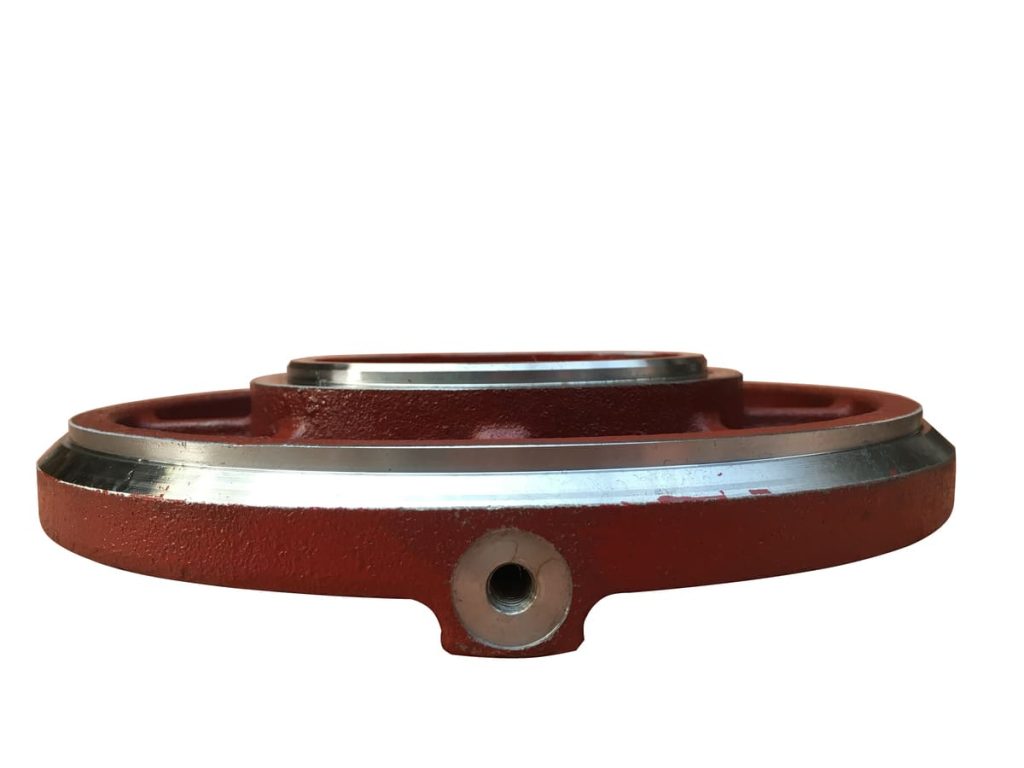
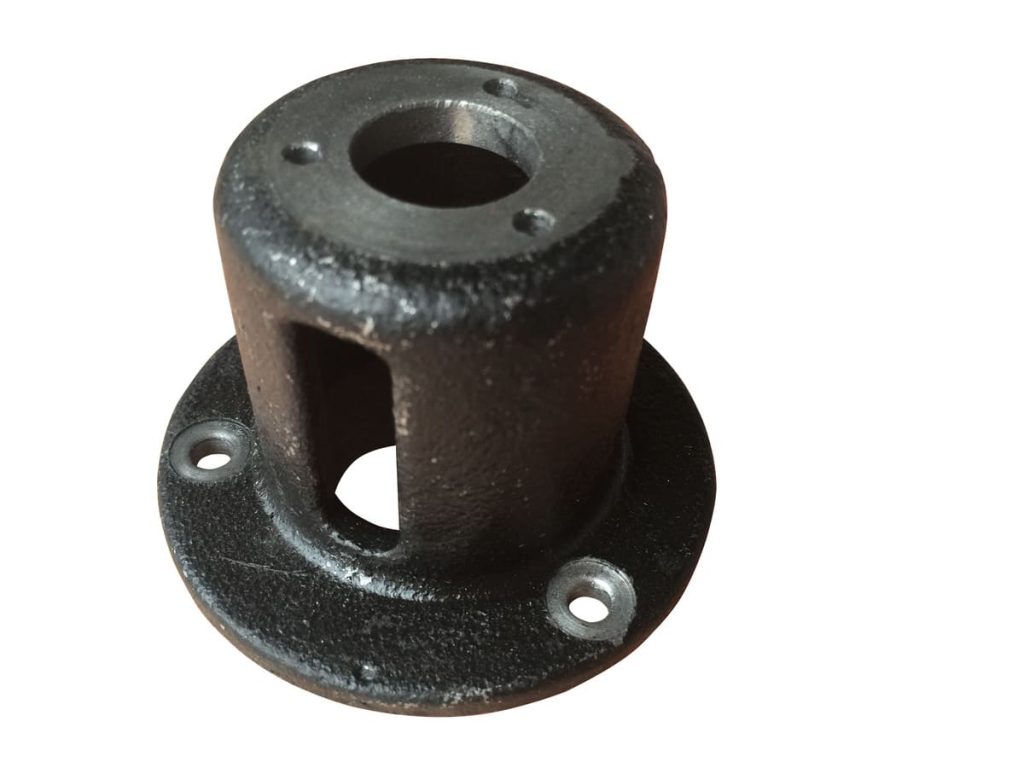
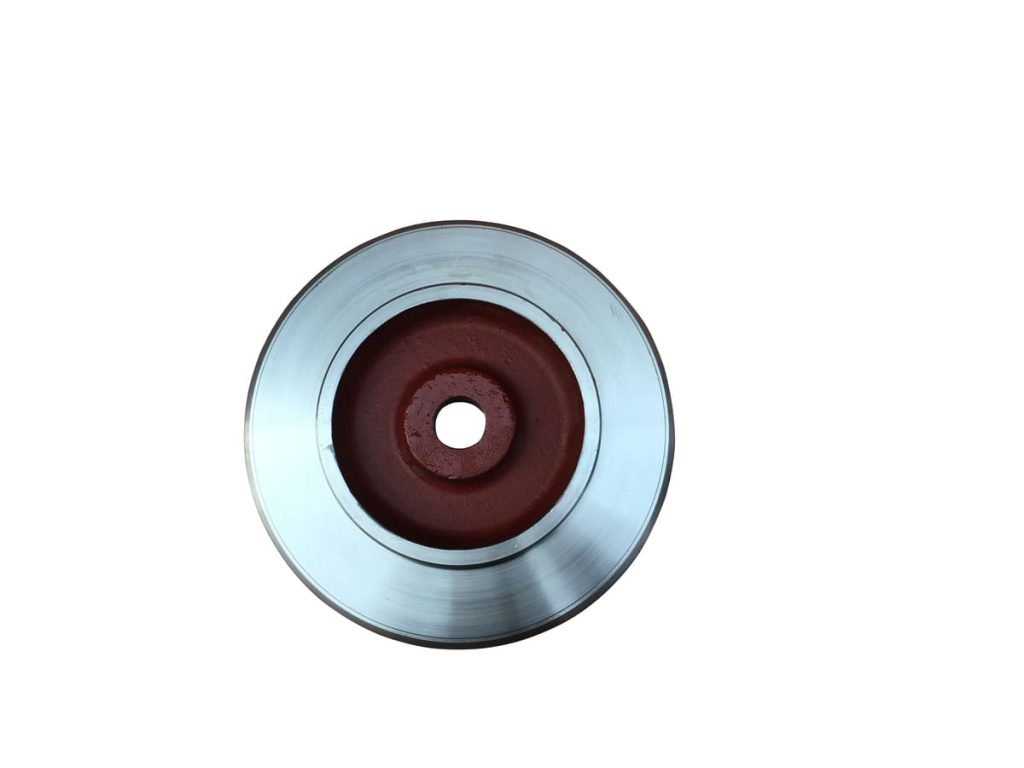
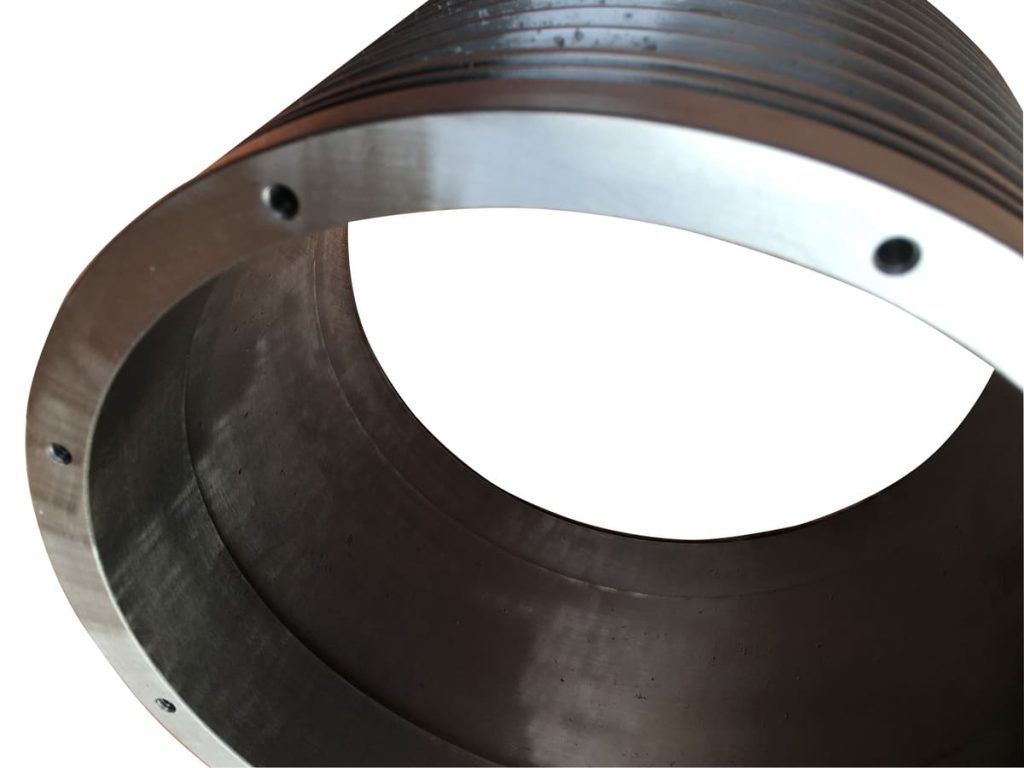
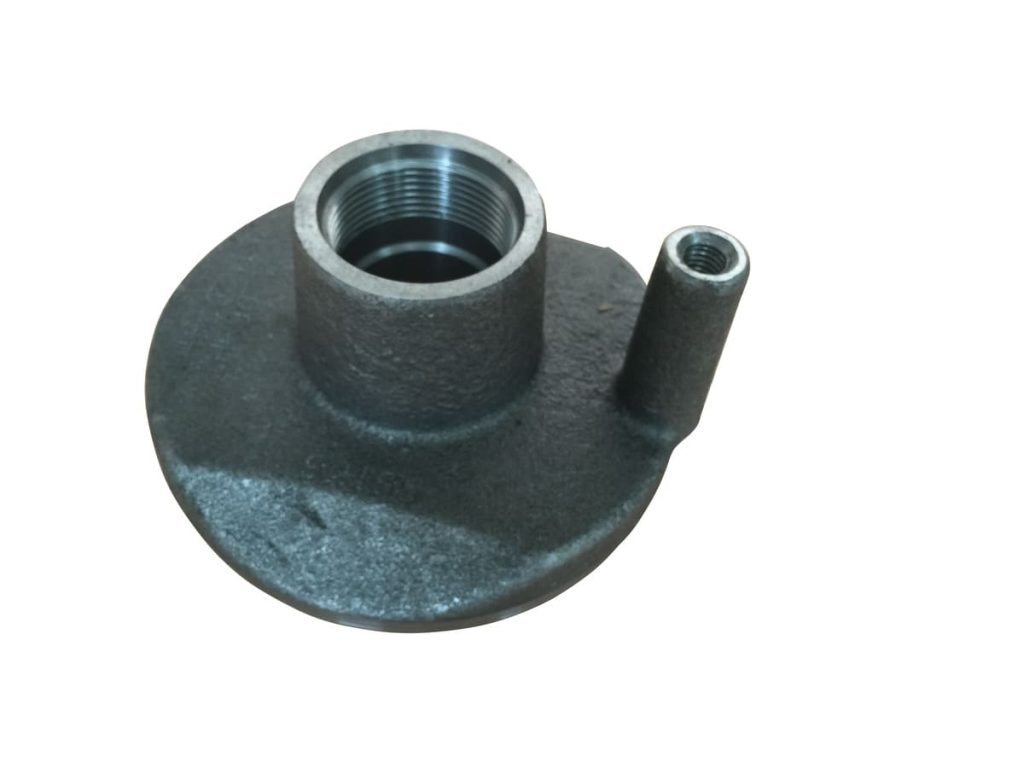
Investment casting is a constantly changing field in the hydraulics sector. Applying cutting-edge coatings and alloys to improve the longevity and performance of hydraulic components is one example of innovation. Furthermore, sophisticated simulation and computer-aided design (CAD) technologies optimise component designs for efficiency and fluid flow.
Investment casting has many advantages, but there are drawbacks as well. These include preserving the structural integrity of thin-walled components and ensuring intricate interior channels are cast accurately to prevent flaws.
Investment casting is used to create fluid manifolds, which are used in hydraulic systems to transfer hydraulic fluids to different parts of the system. The accuracy of investment casting ensures adequate fluid flow and pressure management.
